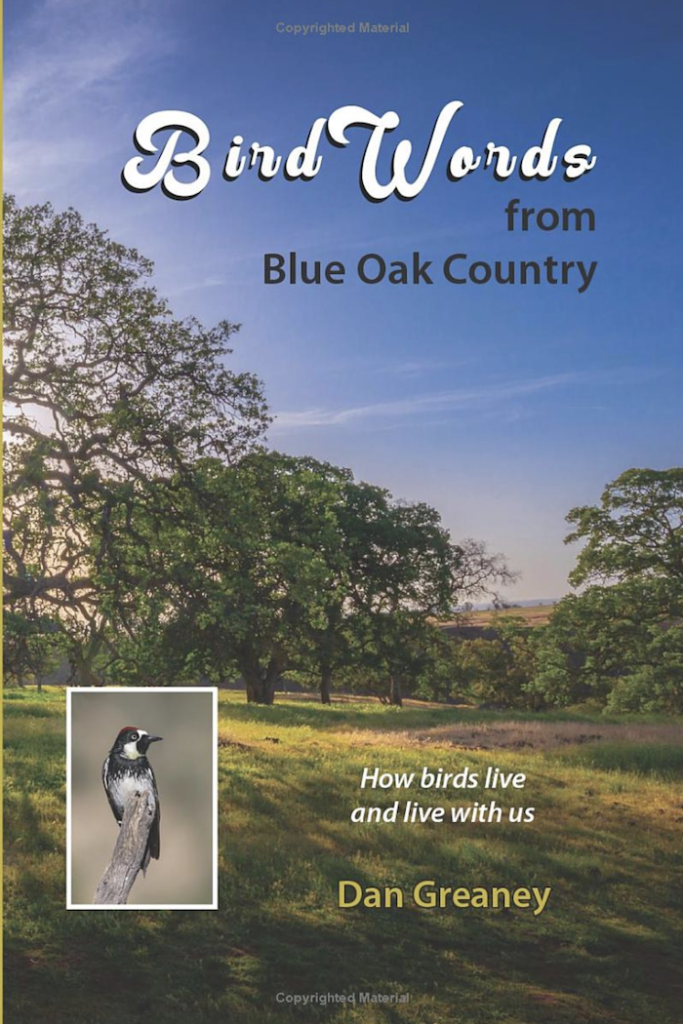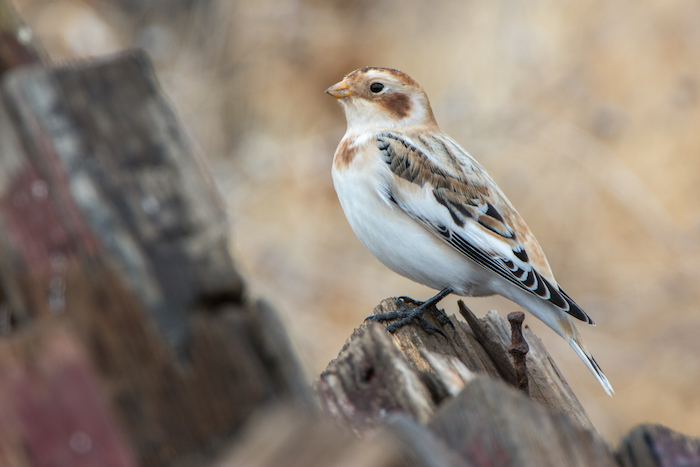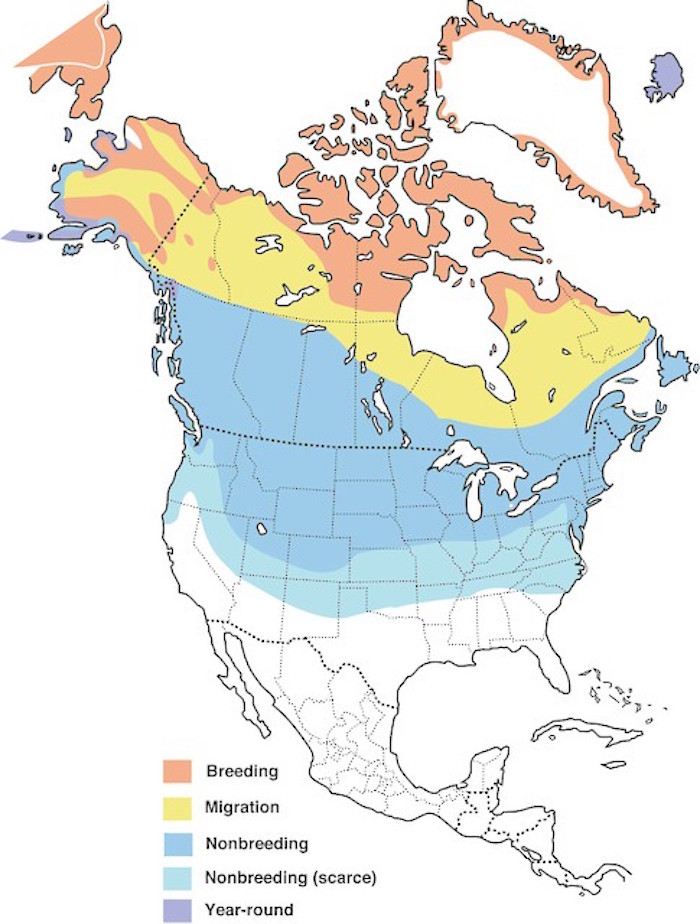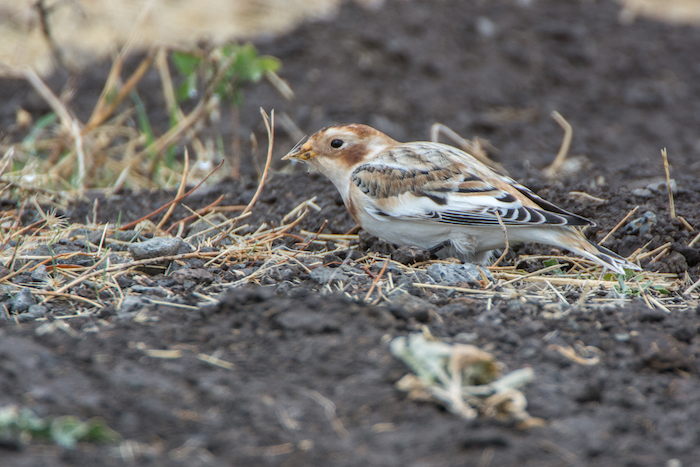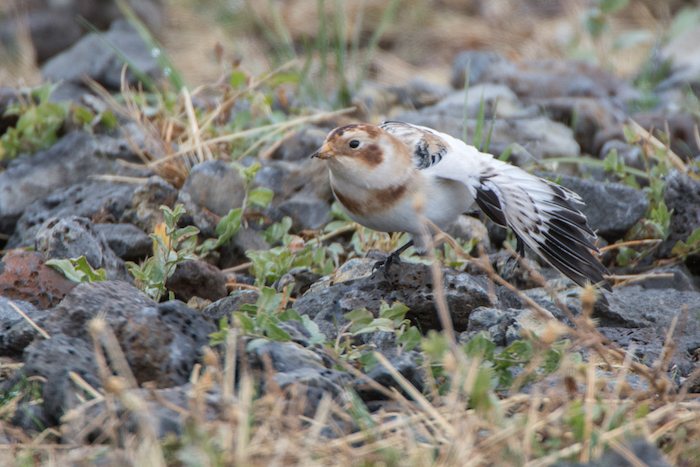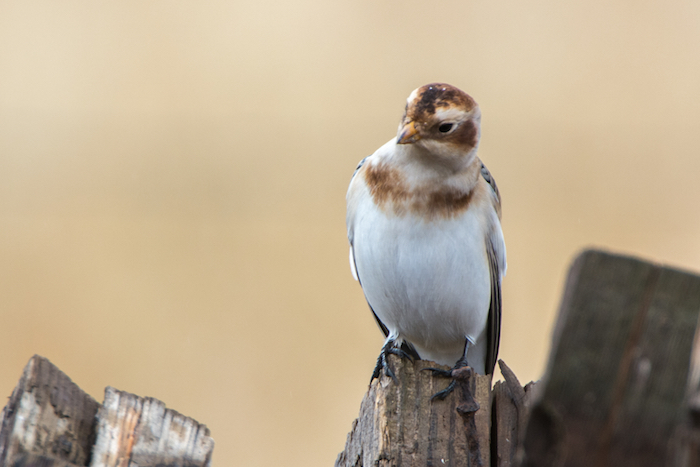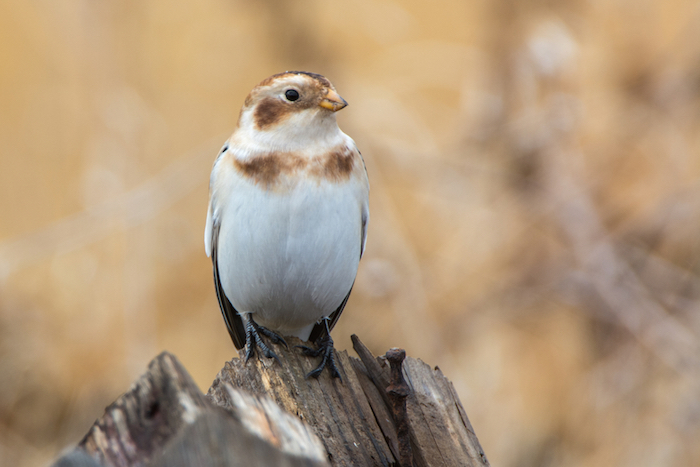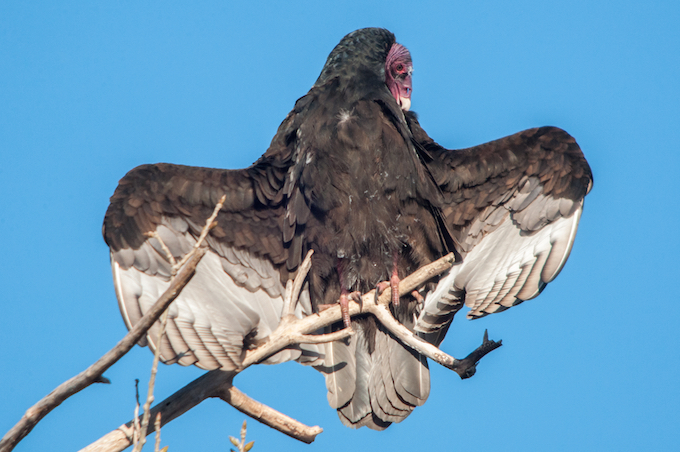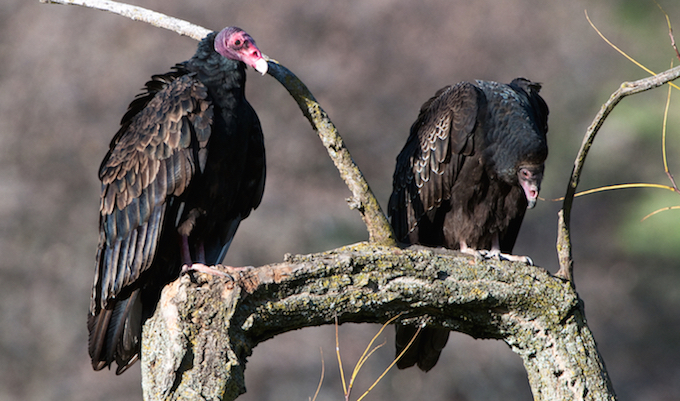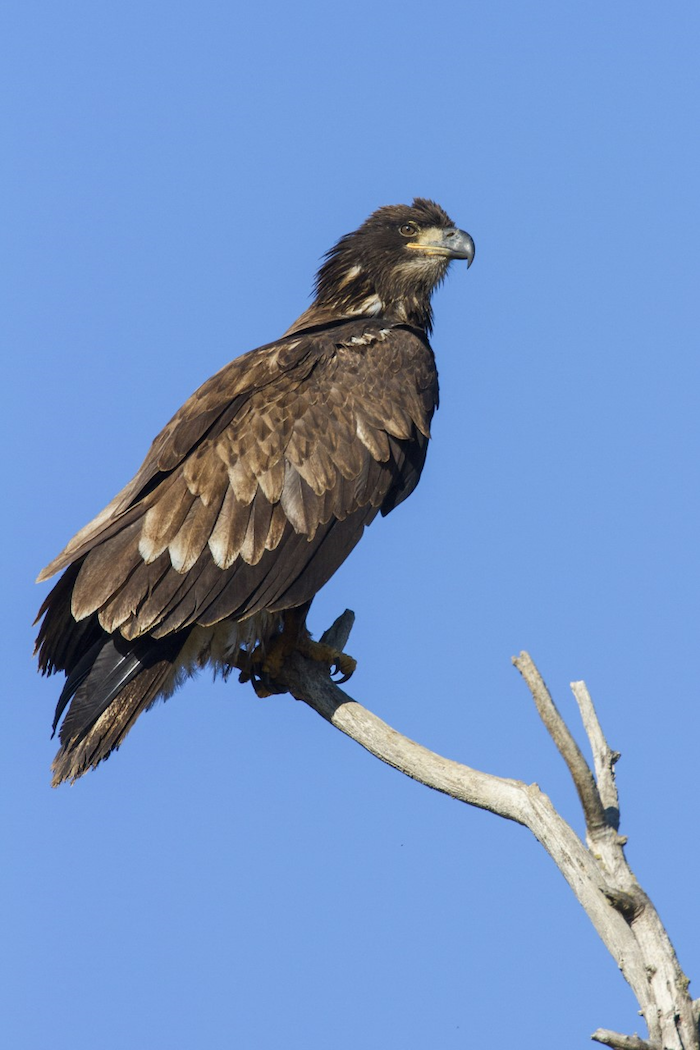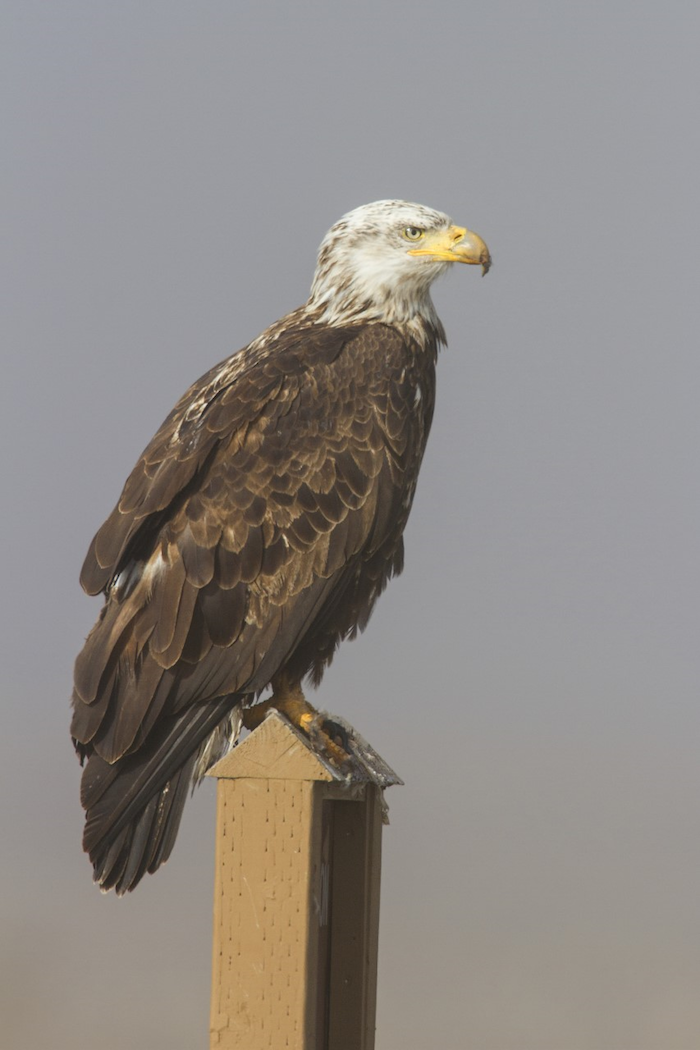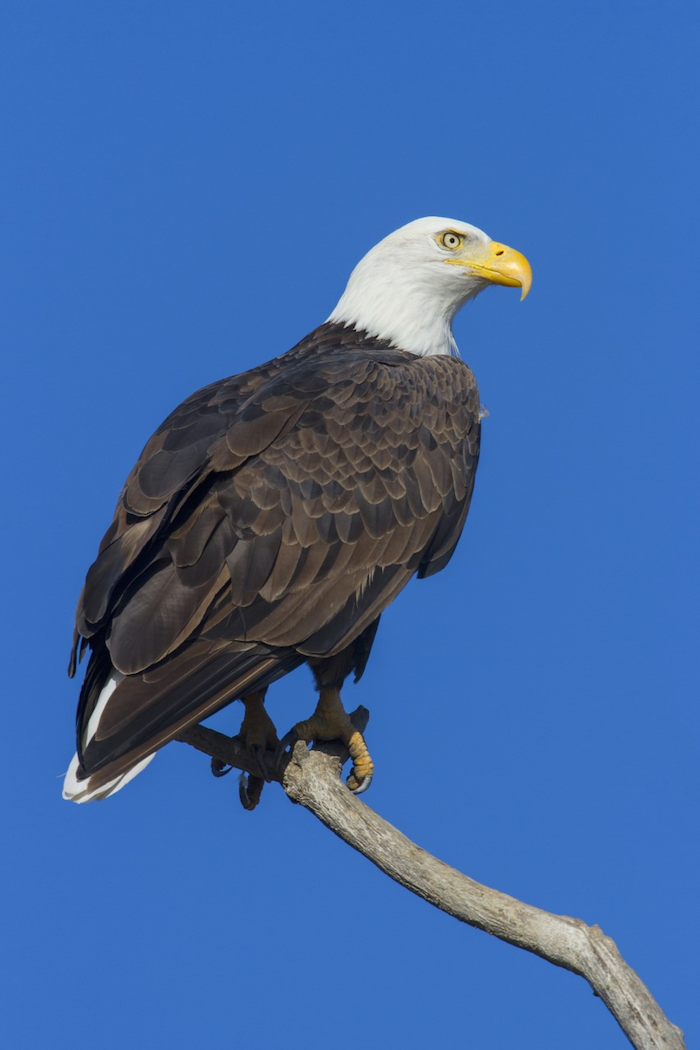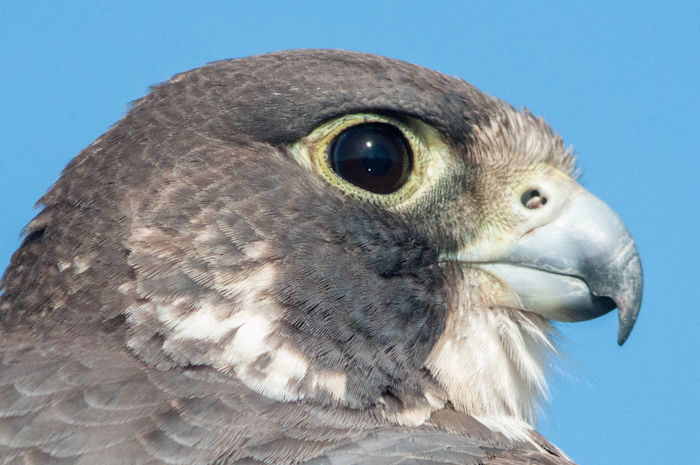
Peregrine Falcon
Bill, neb, schnoz – whatever it’s called, a bird’s beak is its second most important appendage after its wings. Since birds’ upper limbs are devoted to flight, the beak is vitally important in manipulating objects for feeding and nest building. Although some species are able to use feet for those purposes, many rely entirely on their bills.
The upper and lower mandibles comprising the beak are bony structures covered with keratin, a substance similar to human fingernails – and also similarly, constantly growing. The keratin layer may be very rigid and powerful as in the woodpeckers, whose beaks can drill nest holes or tease out insects in hardwood trees. In some species such as puffins and White Pelicans, the keratin forms projections during breeding season, presumably to enhance their attractiveness to prospective mates. These ornaments are shed after nesting time.
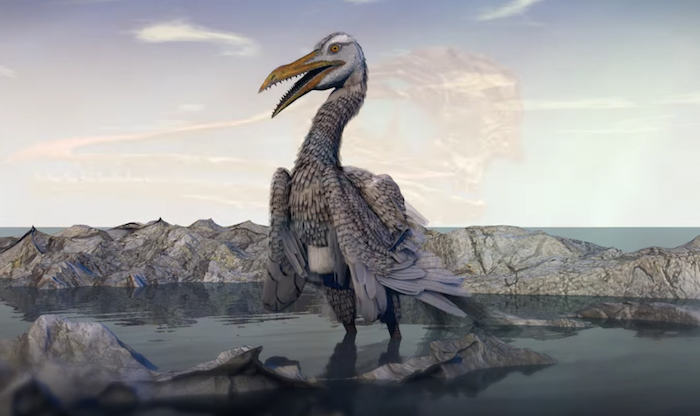
Icthyornis dispar
So, how did the toothed jaws of ancestral dinosaurs become transformed into modern beaks? A strong hint is offered by the recently reconstructed fossils of an ancient sea bird, Icthyornis dispar, that lived alongside dinosaurs 87 to 82 million years ago. Although it had dinosaur-like teeth, its long, narrow jaw was tipped by a tiny beak that it could have used like tweezers to grasp objects. The scientist that led the effort to reconstruct this bird said that it pecked like a bird, but bit like a dinosaur.
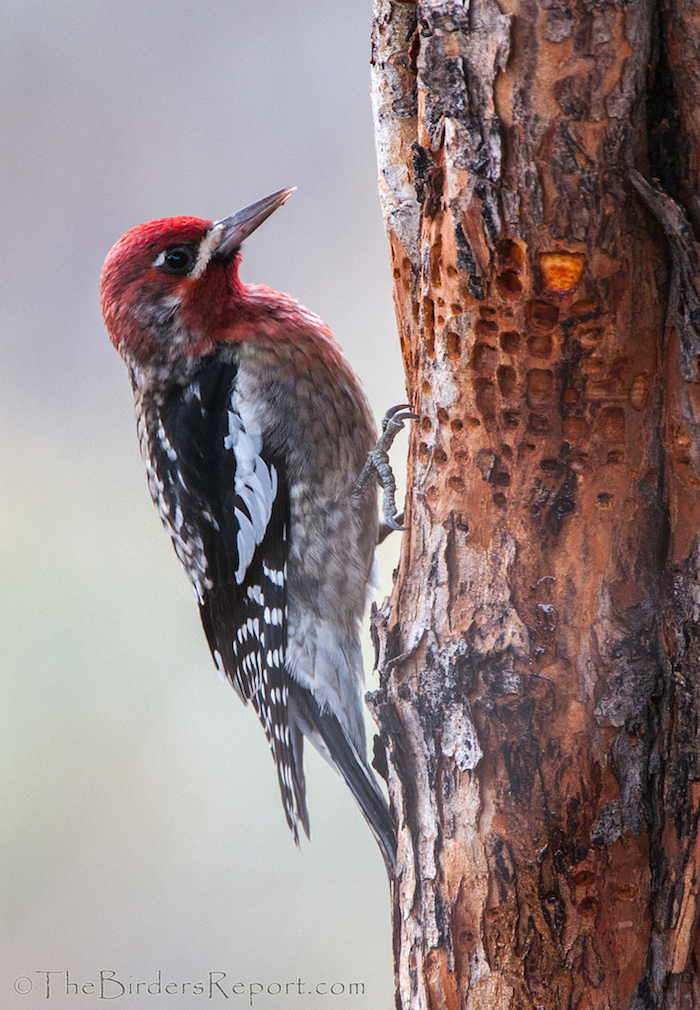
Red-breasted Sapsucker
Over the millennia since then, adaptation to many different foods and environments has led to the vast variety of bills seen in modern birds. Form follows function, and so we have finch and sparrow beaks that act as crackers for seed-opening; eagles with shredders to tear apart meat; woodpeckers with chisels to bore into wood for insects; hummingbird probes used to reach into flowers for nectar; heron and kingfisher spears for skewering fish or frogs; and the warblers’ tweezers for grabbing insects. Not all birds have beaks specialized for a single purpose – the omnivorous crow has a versatile beak that all by itself can be likened to a Swiss army knife.
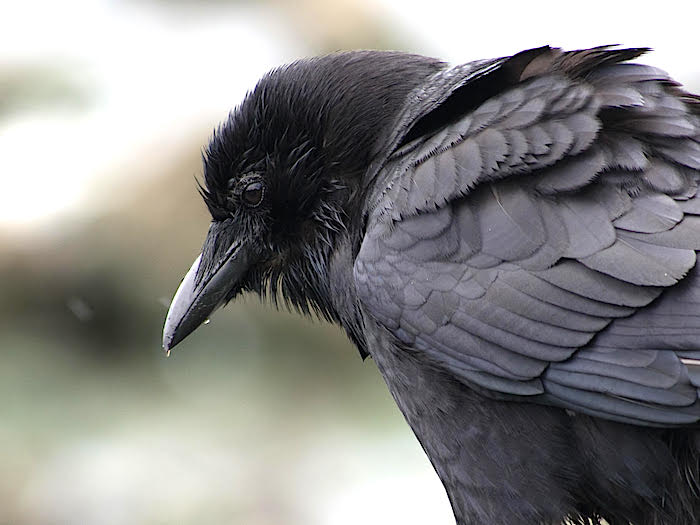
American Crow photo courtesy of Ingrid Taylar
Most birds have little or no sense of smell, but there are notable exceptions. Vultures find the carrion they eat by odor – a characteristic taken advantage of by oil pipeline companies. By including a decay molecule in the crude oil, oil companies attract a cloud of vultures to leaks. The vultures, in turn, are followed by pipeline tenders with repair equipment. At sea, the tables are turned. Some seabirds can follow an odor plume to locate dead fish – and in this case the birds take advantage of the humans to detect fishing boats and their discards.
Generally, nostrils are on the part of birds’ beaks close to the head. However, New Zealand’s distinctive kiwi has nostrils near the tip of the beak where its well-developed sense of smell helps it find the insects and earthworms that it eats in the leaf litter.
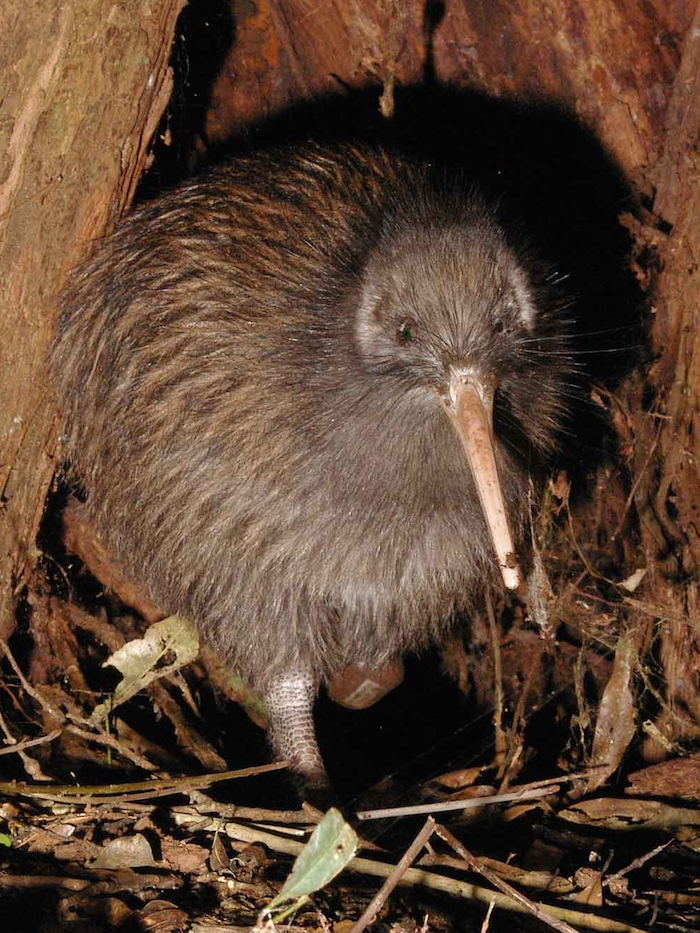
Kiwi
The flamingo feeds in a manner as distinctive as its tropical appearance. It partially submerges its beak in prey-rich water, holding it upside down so that the upper mandible is below the lower mandible. It draws in large amounts of water and sieves out small organisms by means of hair-like projections on its beak. Thus, it is a filter-feeder, a characteristic it shares with baleen whales and oysters!
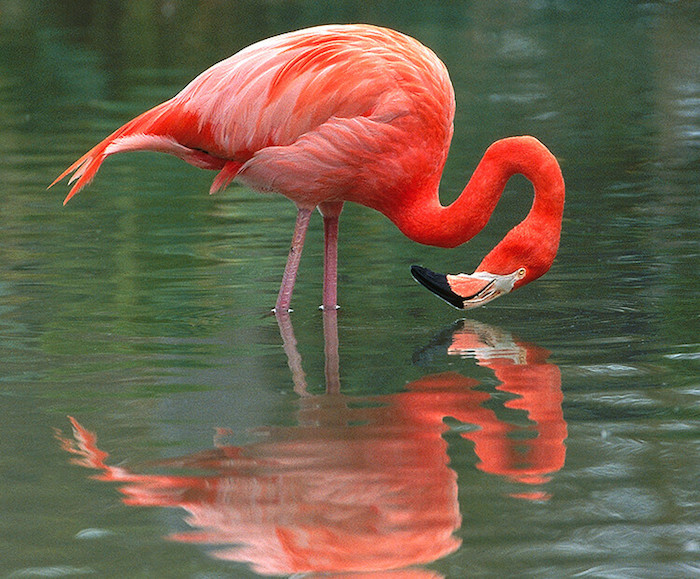
American Flamingo
Our familiar hummingbirds have tropical cousins with amazingly long or fantastically curved beaks that match the corolla tubes of the flowers they feed from. Scientists who study them think that they are partnered in an “arms race” against other flowers and birds. As the flower and the hummingbird team becomes increasingly matched to just each other, they become physiologically committed to just their unique flower-bird relationship, and they exclude other species from their activity. It is as if they are in a long process of being wedded to each other.
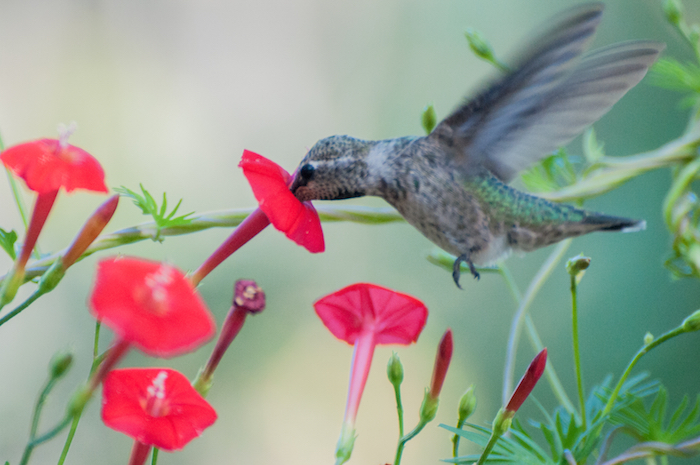
Anna’s Hummingbird
You don’t have to travel to exotic places or visit zoos to see these amazing beaks in action. Notice the different ways the house finches and the nuthatches that visit your feeders get into the seeds that they eat. Look at the bills of the birds in your yard – do they look like tweezers, probes or chisels? Then watch and see how the bird uses its beak. This makes another way to enjoy the birds around us.
